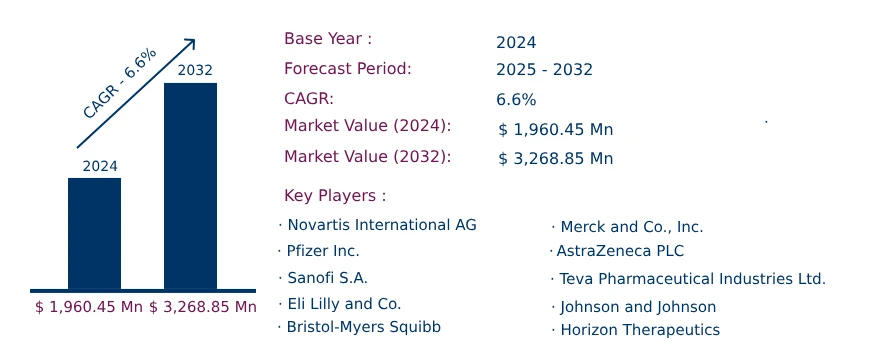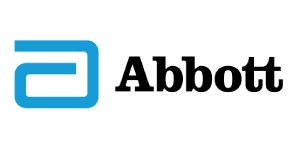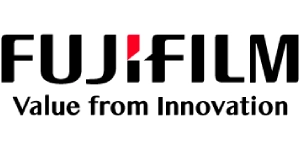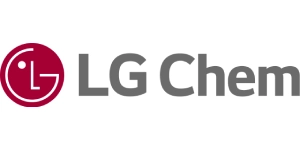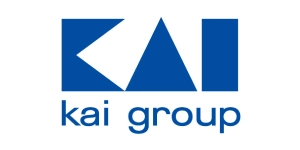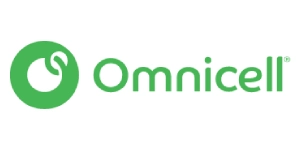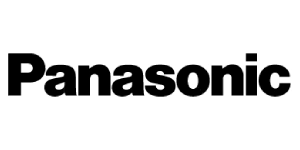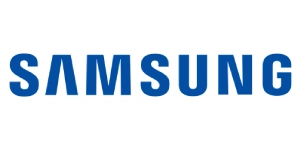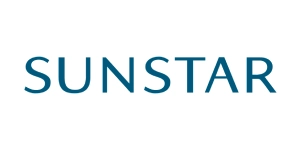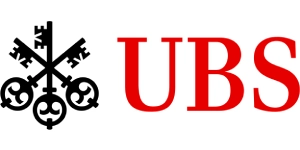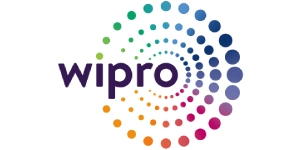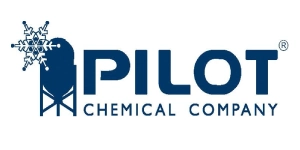Global Neurocutaneous Disorder Market to Reach USD 3,268.85 Million by 2032 | CAGR of 6.6%
Category : Pharmaceuticals | Published Date : Jan 2025 | Type : Press Release
Neurocutaneous Disorder Market Scope & Overview:
As per the Consegic Business Intelligence newly published report, the Neurocutaneous Disorder Market was valued at USD 1,960.45 million in 2024 and is projected to grow at a CAGR of 6.6%, reaching USD 3,268.85 million by 2032. Neurocutaneous disorders encompass a group of genetic conditions affecting both the nervous system and skin, often requiring lifelong management. These disorders include neurofibromatosis, tuberous sclerosis complex (TSC), and Sturge-Weber syndrome, among others. Diagnostic tools, imaging systems, genetic testing solutions, and therapeutic treatments such as medications and rehabilitative therapies are pivotal in addressing these conditions.
The report comprises the Neurocutaneous Disorder Market Share, Size & Industry Analysis, based on Type (Neurofibromatosis (Type 1 and Type 2), Tuberous Sclerosis Complex (TSC), Sturge-Weber Syndrome, Von Hippel-Lindau Disease, Ataxia-Telangiectasia, Other Rare Disorders), Diagnosis (Imaging Tests (MRI, CT Scan), Genetic Testing, Biopsy, Blood Tests), Treatment (Medications, Surgery, Rehabilitation Therapy, Supportive Care), Distribution Channel (Hospital Pharmacies, Retail Pharmacies, Online Pharmacies), End-User (Hospitals, Specialty Clinics, Ambulatory Surgery Centers, Research and Academic Institutions), and Region (North America, Europe, Asia-Pacific, Middle East & Africa, Latin America), and Forecast, 2025-2032.
The report contains detailed information on Neurocutaneous Disorder Market Trends, Opportunities, Value, Growth Rate, Segmentation, Geographical Coverage, Company Profiles, In-depth Expert Analysis, Revenue Forecast, Competitive Landscape, Growth Factors, Restraints or Challenges, Environment & Regulatory Landscape, PESTLE Analysis, PORTER Analysis, Key Technology Landscape, Value Chain Analysis, and Cost Analysis.
Segmental Analysis :
Based on type, the market is segmented into Neurofibromatosis (Type 1 and Type 2), Tuberous Sclerosis Complex (TSC), Sturge-Weber Syndrome, Von Hippel-Lindau Disease, Ataxia-Telangiectasia, and Other Rare Disorders.
- The neurofibromatosis segment accounted for the largest revenue share in 2024, driven by the high prevalence of the condition and advancements in targeted therapies like MEK inhibitors.
- The TSC segment is anticipated to grow at the fastest rate, supported by ongoing research and development in mTOR inhibitors, enhancing therapeutic outcomes.
Based on diagnosis, the market is segmented into Imaging Tests (MRI, CT Scan), Genetic Testing, Biopsy, and Blood Tests.
- The imaging tests segment dominated the market in 2024, due to their essential role in identifying structural abnormalities and monitoring disease progression.
- The genetic testing segment is expected to grow at the fastest CAGR, driven by advancements in next-generation sequencing (NGS) technologies and increasing affordability.
Based on treatment, the market is segmented into Medications, Surgery, Rehabilitation Therapy, and Supportive Care.
- The medications segment accounted for the largest share in 2024, led by the widespread use of targeted therapies and immunosuppressants for managing symptoms.
- The rehabilitation therapy segment is projected to register the fastest growth, supported by the growing demand for physical, speech, and occupational therapies to improve patient outcomes.
Based on distribution channel, the market is segmented into Hospital Pharmacies, Retail Pharmacies, and Online Pharmacies.
- The hospital pharmacies segment held the largest share in 2024, attributed to the integration of pharmacy services within multidisciplinary care settings.
- The online pharmacies segment is expected to grow at the fastest CAGR, driven by the rising adoption of e-commerce platforms for medication delivery.
Based on end-user, the market is segmented into Hospitals, Specialty Clinics, Ambulatory Surgery Centers, and Research and Academic Institutions.
- The hospitals segment dominated the market in 2024, owing to comprehensive services and access to advanced diagnostic tools and treatments.
- The specialty clinics segment is anticipated to grow at the fastest rate, fueled by their focus on personalized care and advanced diagnostic capabilities.
Based on regions, the market is segmented into North America, Europe, Asia-Pacific, Middle East & Africa, and Latin America.
- North America: Valued at USD 650.30 million in 2024, North America led the market due to advanced healthcare infrastructure and high awareness of genetic disorders.
- Asia-Pacific: Expected to grow at the fastest CAGR of 7.0%, driven by improving healthcare systems and increasing awareness in emerging economies like China and India.
| Report Attributes | Report Details |
| Study Timeline | 2019-2032 |
| Market Size in 2032 | USD 3,268.85 Million |
| CAGR (2025-2032) | 6.6% |
| Type | Neurofibromatosis (Type 1 and Type 2), TSC, Sturge-Weber Syndrome, Von Hippel-Lindau Disease, Ataxia-Telangiectasia, Other Rare Disorders |
| Diagnosis | Imaging Tests (MRI, CT Scan), Genetic Testing, Biopsy, Blood Tests |
| Treatment | Medications, Surgery, Rehabilitation Therapy, Supportive Care |
| Distribution Channel | Hospital Pharmacies, Retail Pharmacies, Online Pharmacies |
| End-User | Hospitals, Specialty Clinics, Ambulatory Surgery Centers, Research and Academic Institutions |
| By Region | North America(U.S., Canada, Mexico) Europe(U.K., Germany, France, Spain, Italy, Russia, Benelux, Rest of Europe) APAC(China, South Korea, Japan, India, Australia, ASEAN, Rest of Asia-Pacific) Middle East & Africa(GCC, Turkey, South Africa, Rest of MEA) LATAM(Brazil, Argentina, Chile, Rest of LATAM) |
Top Key Players & Competitive Landscape :
The competitive landscape encompasses major innovators, aftermarket service providers, industry giants, and niche players, all of which are thoroughly examined by Consegic Business Intelligence in terms of their strengths, weaknesses, and value-addition potential. This report includes detailed profiles of key players, market share analysis, mergers and acquisitions, resulting market fragmentation, and emerging partnership trends and dynamics.
List of prominent players in the Neurocutaneous Disorder Industry:
- Novartis International AG (Switzerland)
- Pfizer Inc. (United States)
- Sanofi S.A. (France)
- Eli Lilly and Co. (United States)
- Bristol-Myers Squibb (United States)
- Merck & Co., Inc. (United States)
- AstraZeneca PLC (United Kingdom)
- Teva Pharmaceutical Industries Ltd. (Israel)
- Johnson & Johnson (United States)
- Horizon Therapeutics (Ireland)
Recent Industry Developments :
- July 2024: Novartis International AG announced successful clinical trials for a novel MEK inhibitor targeting neurofibromatosis-associated tumors, showcasing improved efficacy and safety.
